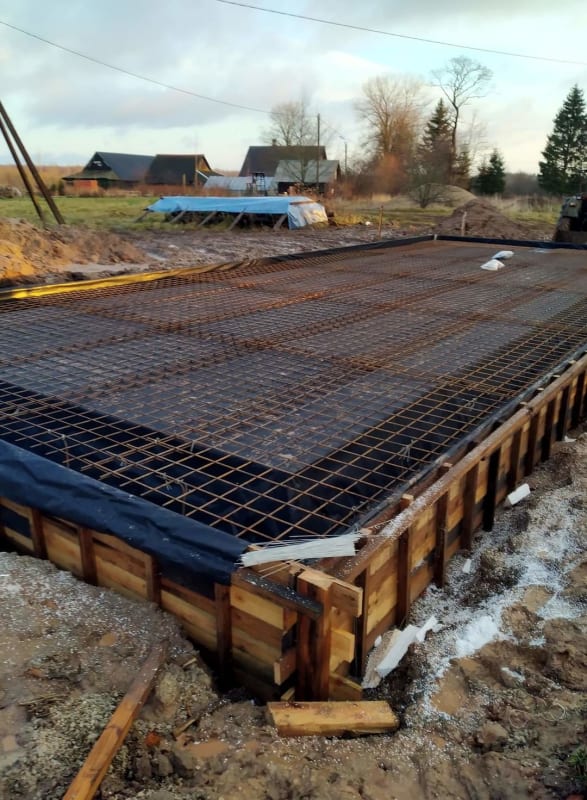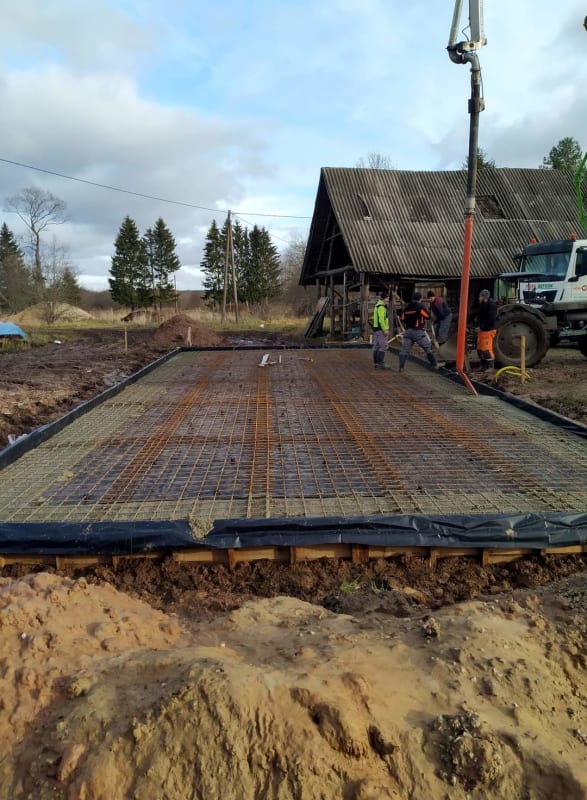HDStructural
Structural
Hello,
I am working on a foundation for a detached garage, which will be unheated. It is in a frost prone region with a frost depth of 38".
The foundation will consist of exterior wall footings (going down past frost depth), a slab-on-grade and a center column foundation.
For the center column foundation, I have some concerns with thickening the slab in that area and adding some rebar as one would normally do. Since it is unheated, I am concerned it may frost heave.
Do you think it is necessary to have the middle column foundation extend down below frost depth?
For the SOG, I've read a lot of opinions about rebar vs mesh vs unreinforced. I am planning on doing a 5" slab with control joints, the question is whether or not to specify #3's @ 12", WWM, or nothing at all. Any thoughts?
Thanks!
I am working on a foundation for a detached garage, which will be unheated. It is in a frost prone region with a frost depth of 38".
The foundation will consist of exterior wall footings (going down past frost depth), a slab-on-grade and a center column foundation.
For the center column foundation, I have some concerns with thickening the slab in that area and adding some rebar as one would normally do. Since it is unheated, I am concerned it may frost heave.
Do you think it is necessary to have the middle column foundation extend down below frost depth?
For the SOG, I've read a lot of opinions about rebar vs mesh vs unreinforced. I am planning on doing a 5" slab with control joints, the question is whether or not to specify #3's @ 12", WWM, or nothing at all. Any thoughts?
Thanks!


